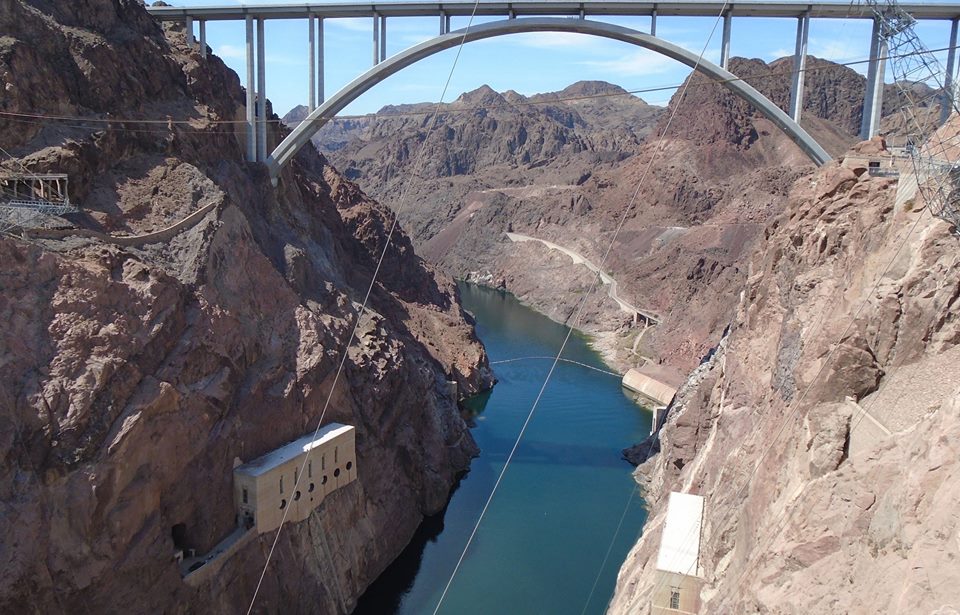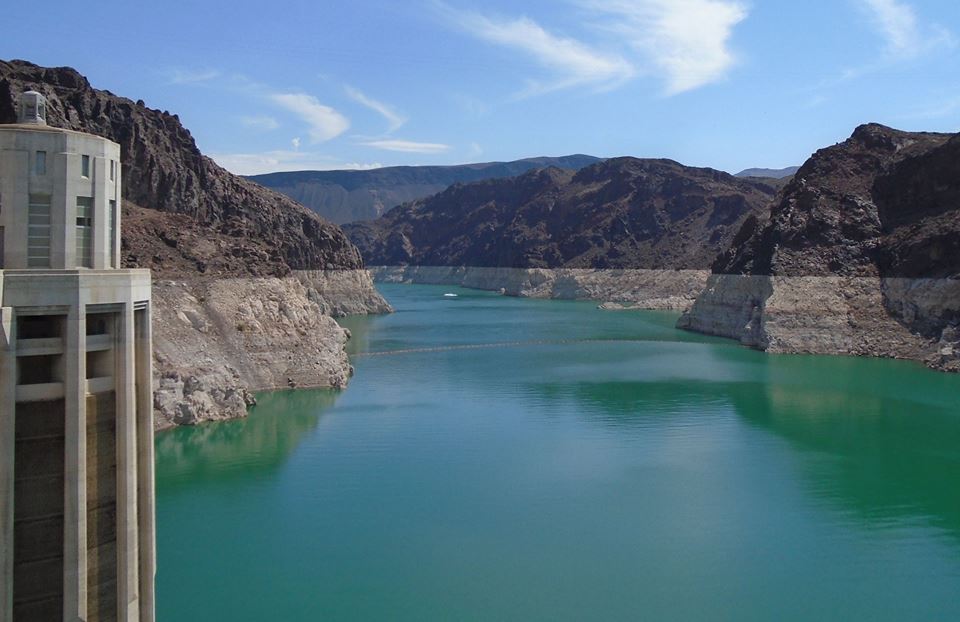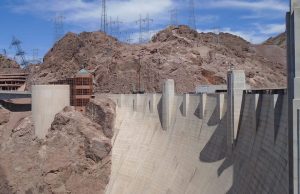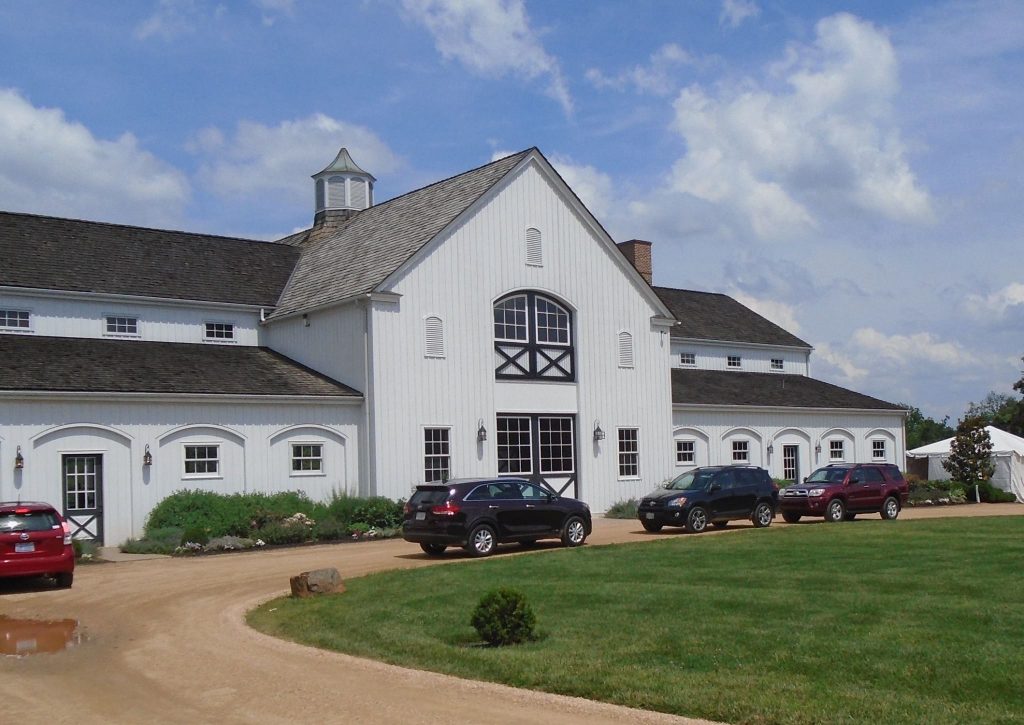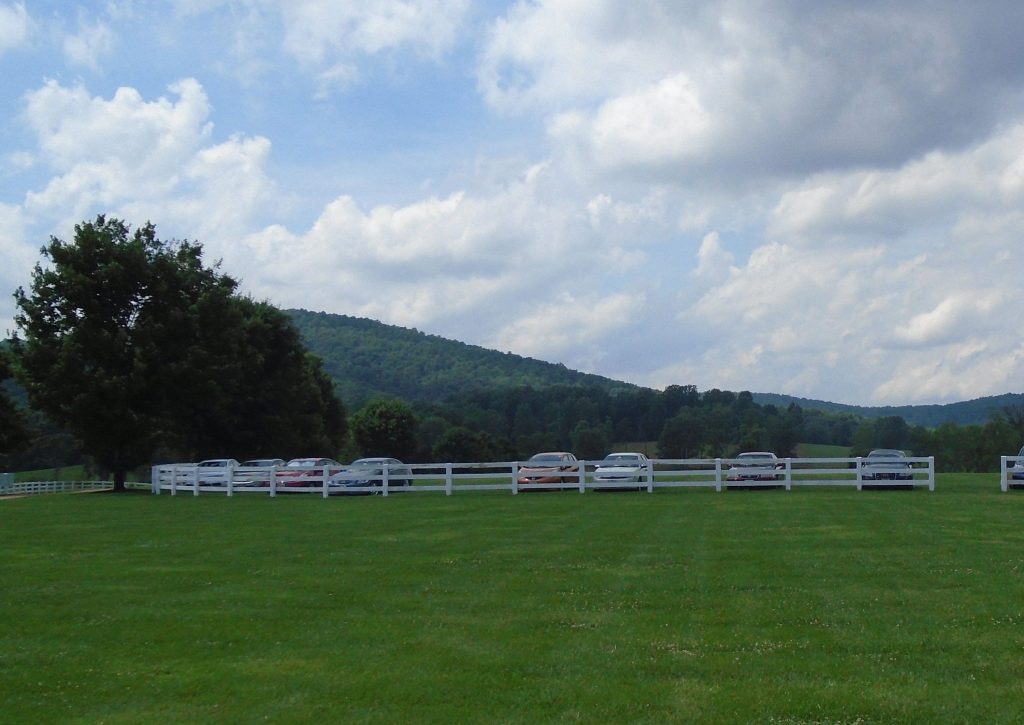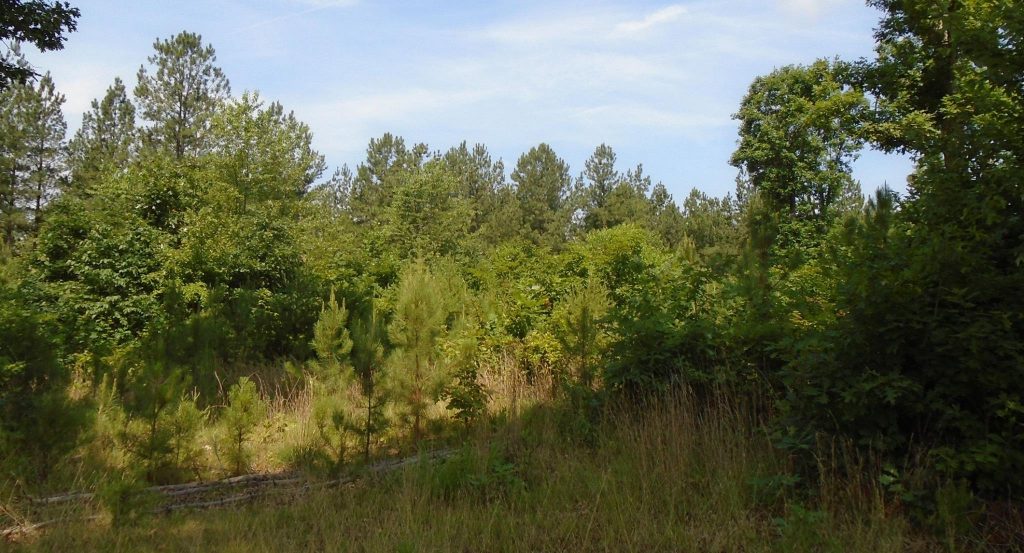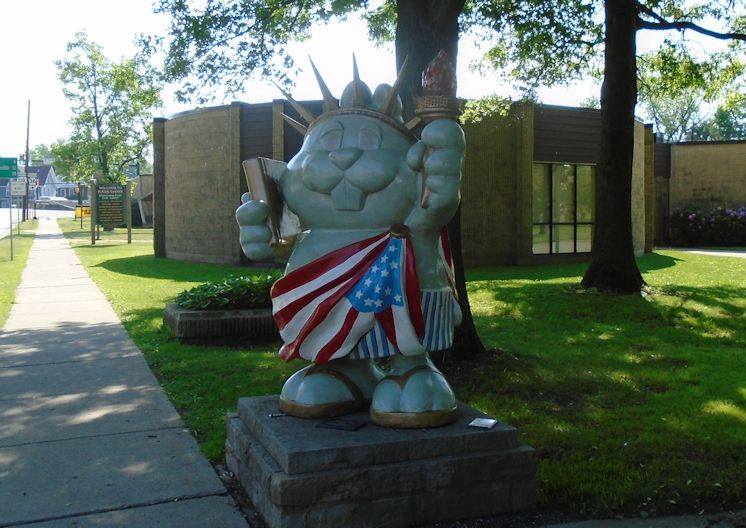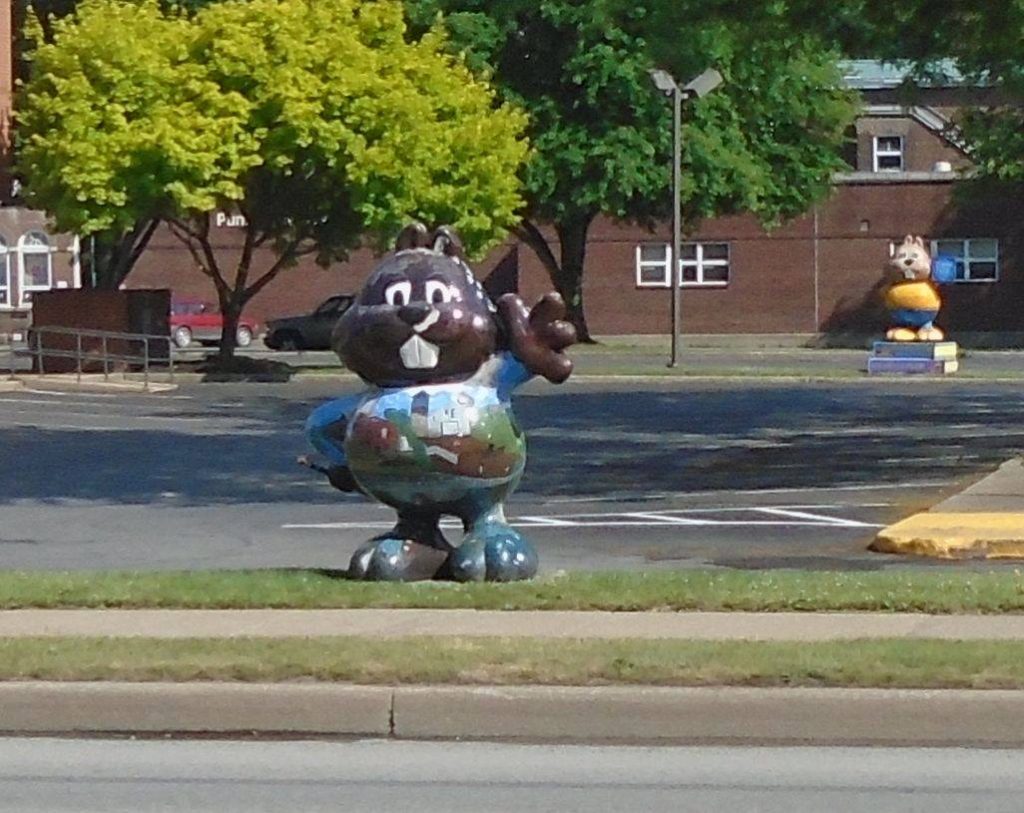Visited Hoover Dam. It is a beautiful and impressive piece of engineering. Hoover Dam and others on the Colorado are a big contributor to the prosperity of California and the Southwest. We forget how much is really man-made. Large water works are what makes possible the large populations, industry and productive agriculture. There is no such thing as a natural resource, only natural potential.
Lake Mead is low because of the drought. The high water mark was in 1983. But there is not enough water to go around, even when the lake is full. Water has been over-allocated. More than 100% of the water has been promised to farms and cities. Worse, the allocation are based on “normal” years. Normal years are rare.
in Las Vegas steht ein hofbräuhaus


In Las Vegas steht ein hofbräuhaus. I wanted to walk around a little to see what could be seen. It is very hot in Las Vegas, 110 degrees and sunny. After about a mile and a half I saw an oasis, a hofbräuhaus. I stopped by and had the proverbial couple of beers. There was an old German guy there who told me of the great time they had last year when Germany beat Argentina for the World Cup.
The beer is good, but the art is a little diminished by the computerization. One of life’s pleasures is drinking a finely pored beer in a pleasant place and one of the great things about German beer is that getting the foam just right is is an art form. At the Las Vegas hofbräuhaus, they have a machine that does it perfectly each time. It is perfect, but I guess I prefer the corruptions of art. In true art, the process of creation is as important, maybe more so, as the finished product.
Fulfillment Farms – tree farm of the year
My draft to the Tree Farmer of the Year –
Some neighbors worried when the Wildlife Foundation of Virginia planned timber harvests on Fulfillment Farm. They thought it might hurt the wildlife, but that was almost twenty years ago. Today, their experience shows that the harvests have been helpful to wildlife and improved the sustainable health of the mixed forest ecosystem that sits on almost 2000 acres near Esmont in Albemarle County. Jenny West, Executive Director of the Foundation, explains that the goal is conservation and that means that human interaction with nature is an integral part of the sustainable future, and that Fulfillment Farm encourages hunting, hiking and birdwatching along with regular timber harvest.
The Foundation harvests around 65 acres of timber each year. This means that a given piece of land is affected about once every thirty years, which is a good rotation time in Virginia. Of course, some areas are not harvested at all. Fulfillment Farm supports significant wetlands, both natural and manmade, that provide habitats for waterfowl while enhancing water quality and recharging aquifers.
A hike across Fulfillment Farm rewards the visitor with experiences of a variety of habitats and environments. It is clear even to a casual visitor that this was a working Farm not very long ago. There still are fields planed in row crops, but now they are for wildlife. Pasturelands are transitioning into mixed forests and it is a joy to experience the early succession, sycamores near the water giving way to yellow popular as you walk up the hills all showing the impatient vigor of the new forests. It is interesting to observe the persistence of the grassland ecosystem. Their thick roots will resist the trees for a little longer and much of the open area is managed to keep it open.
Fulfillment Farm features some very large oaks of many varieties native to Virginia. Near the gate is a massive, ancient southern red oak, for example. Many stand in park-like glory, in a wonderfully inviting landscape. The great conservationist Aldo Leopold wrote that that you can read past decisions on the land today and oaks in particular tell a story. We can see that in earlier times the landowners did some high grading, cutting the bigger and more valuable trees. Current land management is remedying this by opening small but significant areas to oak regeneration. Oak regeneration is important in Virginia today. As our forests mature, relatively shade intolerant oaks lose out to shade tolerant species. But oak regeneration is tricky since it requires a balance of shade and sun, i.e. not full sun that favors pine and not deep shade that favors maple or beech. There also needs to be oaks nearby to provide acorns, which tend not to fall too far from the tree. Fulfillment Farm has several areas that meet these conditions and oaks for the next century are growing and thriving.
We congratulate the Wildlife Foundation of Virginia on their winning the Virginia Tree Farmer of the Year honor. Fulfillment Farm is an excellent example of what a Virginia tree farm should be – a place that balances production of forest products with protection of water, improvement of soils, habitat for wildlife and natural beauty. The fact that it is open to the public offers a showcase for tree farm values. It is well worth the trip and taking the time to savor the variety.
Castle Hill Cider
Near Fulfillment Farms is Castle Hill Cider. The whole area on the near side of the Blue Ridge is becoming a rural neighborhood of breweries, wineries, art galleries and cideries (is that a word.) The cider is all made with Virginia apples, most prominent the Albemarle Pippin, a favorite of Thomas Jefferson. Benjamin Franklin supposedly brought the variety into England, as an example of a superior American fruit variety, and in the nineteenth century, Queen Victoria liked it so much that the Brits exempted Virginia-grown apples from an import tax.
We bought a couple of bottles of the “Serendipity” cider, one of the sweeter varieties. Some pictures are attached.
Niagara Falls
Niagara Falls is where the Great Lakes, all of them, empty in the last one, Ontario. Well, some of the water from Lake Michigan now goes through the Chicago canal into the Mississippi system, but that is not much. The Falls are not that high but it is a lot of water.
I have a strong emotional connection to the idea of the Lakes. I grew up near Lake Michigan and studied the Ice Age that created it since the time my mother read natural history books to me before I could read them myself. That Ice Age is named “Wisconsin” after my home state because of all the evidence of its action so easily seen in the hills and lakes there. Someday, I will walk the whole of the Wisconsin Ice Age Trail Alliance trail across the state.
The Wisconsin Ice Age ended only about 11000 years ago. That is about 9000 BC, not really very long ago in geological time. When the climate got warm enough for all that ice to melt, it created the Great Lakes and Niagara Falls. The falls have been backing up, eroding away, ever since. In a twinkle of geological time, the Lakes and the Falls will be gone. Of course, by that time so will we.
Anyway, I have some pictures. They say that the Canadian side is better and they are right for the simple reason that the falls flow toward that side of the river so you see the front from that end.
Punxsutawney
Groundhog Day is one of my favorite movies, so we could not miss the chance to stop off in Punxsutawney, even though the movie was not really filmed there. It is a pleasant place, but not very much to see except cartoonish statues of groundhogs all around town.
Forestry posts May 23
Migrating forests
Tree species can “migrate” naturally about thirty miles a century. If climate change happens faster, some may be unable to make the trip in time.
Humans, however, have already moved species. Loblolly pines, for example, have been successfully planted in large numbers significantly north of their natural range and I have seen stands of bald-cypress in Minnesota. They do not naturally regenerate that far north, but they are there – waiting – if climate change makes conditions appropriate. We may well see new associations.
Anyway, we are going to be taking part in an experiment, whether or not we want to do it. We have to think 30-50 years in the future and anticipate that the future may not be like the past.
Reference – http://www.nrs.fs.fed.us/pubs/43455
Uneven aged management
Reference – http://www.nrs.fs.fed.us/pubs/46392
Emotional investing – talk at Charles Schwab office May 20
Your own emotion is your biggest enemy in making smart investment decisions, that was the big take-away from a talk I attended by a financial advisor Jay Mooreland, who runs blog called “the Emotional Investor,” link below. He based a lot of his presentation on concepts of behavior economic and bounded rationality.
I am not sure that I learned anything I did not know before, but I know that I need to keep up. One of the traps you learn about when you study bounded rationality is the trap of knowledge. It usually refers to the problem that you assume that everybody knows the things you already know. It means that you do not sufficiently explain the background to others. (I am doing that here with bounded rationality. I am not explaining the concept, but I figure in this case anybody who wants to know can google it.) But another trap is that you think you knew what you did not know. If you attend a lecture, for example, and hear a fact or concept that makes sense to you, you often think you knew it before. This is a challenge for consultants. Once they reveal their solution, the client thinks he knew it already. That is one reason to ask up-front to determine what people know and do not know. This is my long explanation to say that I probably did learn, or at least confirm, more than I now believe. A man’s gotta know his limitation.
Knowing your limitation is probably the most important part of successful decision-making, especially in financial decisions. People make bad decisions when they overestimate their knowledge. NOBODY can anticipate all the movements in stock markets. Market are rational in the long run but (as Keynes said) they can remain irrational longer than you can remain solvent. So your strategy involves making generally sound decisions from the point of view of your goals and portfolio diversity but not be rattled by changes – easier said than done.
Active investors usually do worse than more passive ones, but activity feels good. You can play the games and take credit if you are on the lucky upside. The problem is emotion. Moorland gave the example of CGN Focus Fund. It was one of the best funds to own over that last five years, returning something like 18% a year (my numbers are approximate. I am writing from memory, but general magnitudes are okay). How much did actual investors make over this period? Average investor LOST money, and they lost big money – about 33%. How? It is not Wall Street dishonesty. The fault lies with investor emotion. CGN Focus fund has a narrow focus (as the name implies) and so is volatile. The trend is strongly up, but there are lots of downs. What do emotional investors do? When it drops like a stone, they panic and sell. When it is growing like a beanstalk, they pile their money in. In other words, the buy high and sell low. They are hurting themselves by their activity. Those who just sat on their hands did very well. Lazy wins.
I think the general lesson goes beyond investing. It is better to stand still than to run very rapidly in the wrong direction. Anyway, I enjoyed the presentation. I don’t know how it will change my behavior. I am already a lazy investor and cannot get much lazier.
http://www.theemotionalinvestor.org
Well managed forests
The problem has been that ignorant activists have used emotion and passion to trump both science and experience. BTW – those of you who have that thing on the bottom of your email about saving trees by not printing, please remove it. Using less paper may be a good thing in terms of saving money and energy, but it does not save trees.
Thoughts on Science Magazine May 9
Reference – http://mailings1.gtxcel.com/portal/wts/uemckdyf%7CTvqeggbmLjs2TBamvwskrdm%7E1CfPmtsODOWSrTa
This is a great initiative, but we need to be flexible. It will generally be impossible and maybe undesirable to restore old ecosystems in detail. Changes in local climates and other conditions mean that formerly “native” species may no longer be best adapted to where they used to be dominant. Some are no longer available.
Reference – http://mailings1.gtxcel.com/portal/wts/uemckdyf%7CTvqeggbmLjs2T-qmvwskrdm%7E1CfPmtsODOWSrTa
This is the big downside to globalization. Bugs, pathogens and strange animals arrive and devastate an established environment. This has always been the way of nature. When long isolated islands come in contact with larger landmasses, species loss and change are inevitable. But humans have accelerated the process beyond the speed at which natural systems can adapt. Besides, we sometime like and depend on particular mixes of plants and animals and really do not want to give newcomers and equal opportunity. A bug worm that can maybe crawl only a few feet in a generation can move at 70 mph if it sticks to a car or even cross thousands of miles in a plane or boat.


